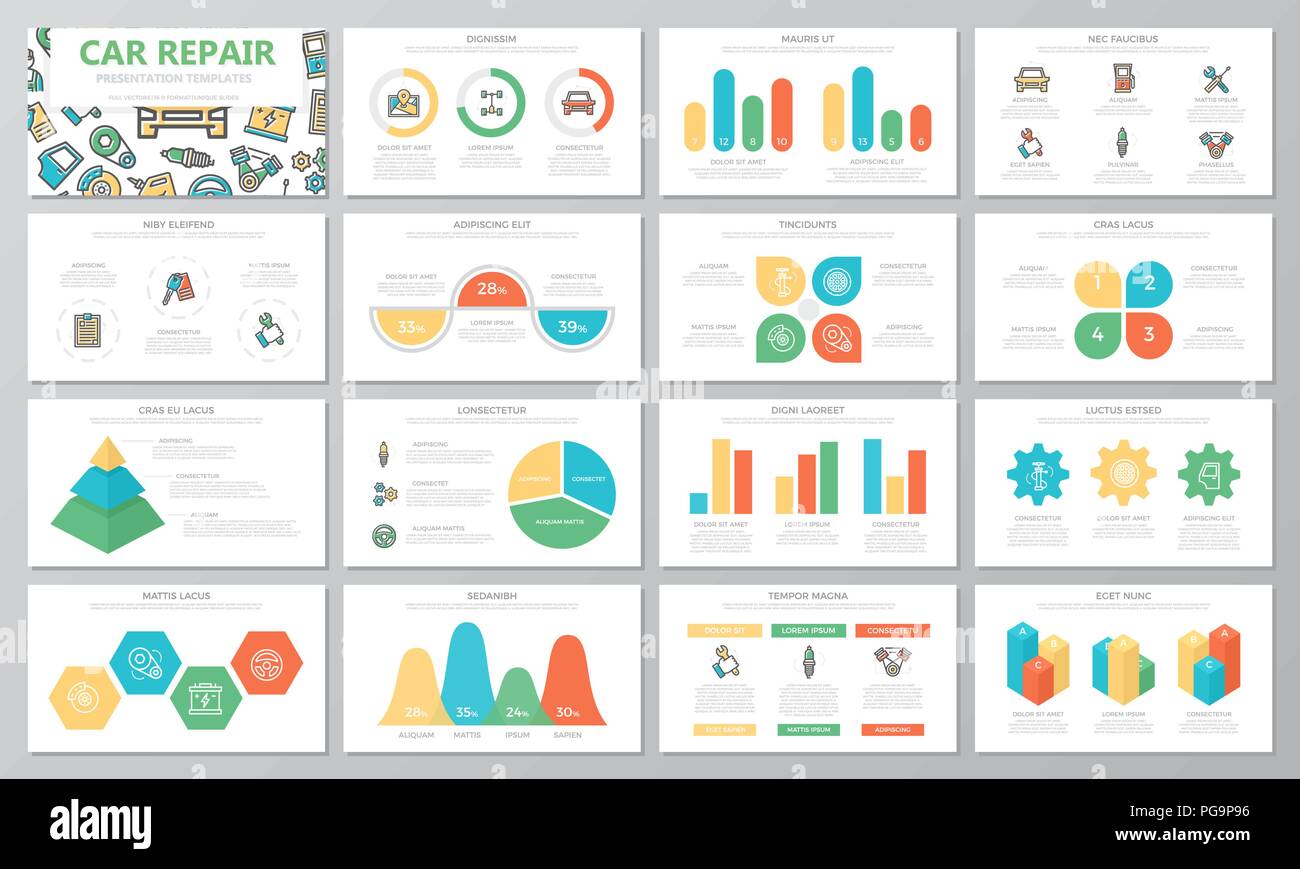Seeking Clearness On The Warning Lights Presented On Your Auto'S Control Panel? Figure Out Just How They Associate With Your Vehicle'S Health And Safety
Seeking Clearness On The Warning Lights Presented On Your Auto'S Control Panel? Figure Out Just How They Associate With Your Vehicle'S Health And Safety
Blog Article
Web Content Develop By-Faulkner Forbes
When you lag the wheel, those radiant warning lights on your dashboard can be a little bit puzzling. Do you understand what they're attempting to tell you concerning your auto's health and wellness? Understanding the relevance of these lights is crucial for your security and the longevity of your car. So, the following time among those lights turns up, wouldn't you wish to understand its message precisely and take the necessary steps to resolve it?
Common Warning Lights and Interpretations
Recognize typical warning lights in your auto and recognize their meanings to ensure secure driving.
The most common caution lights consist of the check engine light, which signifies concerns with the engine or discharges system. If this light comes on, it's essential to have your car checked immediately.
The oil stress alerting light suggests low oil stress, calling for immediate focus to stop engine damages.
A blinking battery light might suggest a malfunctioning billing system, potentially leaving you stranded otherwise resolved.
The tire stress tracking system (TPMS) light notifies you to reduced tire pressure, influencing automobile stability and fuel performance. Neglecting this could result in hazardous driving conditions.
The ABS light suggests a problem with the anti-lock stopping system, compromising your capability to stop quickly in emergency situations.
Finally, the coolant temperature cautioning light warns of engine overheating, which can lead to extreme damages if not resolved quickly.
Comprehending these typical caution lights will certainly help you deal with concerns quickly and preserve safe driving problems.
Significance of Prompt Interest
Comprehending the typical caution lights in your auto is just the very first step; the importance of promptly dealing with these cautions can't be emphasized enough to ensure your security when driving.
When a warning light illuminates on your dashboard, it's your automobile's means of connecting a potential concern that requires interest. Overlooking https://fox4kc.com/business/tesla-considers-building-new-service-center-in-lenexa/ can result in much more serious issues in the future, compromising your safety and security and potentially costing you more out of commission.
Prompt attention to advising lights can protect against breakdowns and accidents. As an example, a flashing check engine light can show a misfire that, if left unattended, might cause damage to the catalytic converter. Resolving this promptly can conserve you from an expensive fixing.
Similarly, a brake system advising light may indicate low brake liquid or worn brake pads, essential parts for your safety and security when driving.
DIY Troubleshooting Tips
If you notice a caution light on your dashboard, there are a few DIY troubleshooting pointers you can try before looking for professional help.
The initial step is to consult your vehicle's handbook to comprehend what the specific warning light shows. In some cases the issue can be as easy as a loose gas cap triggering the check engine light. Tightening up the gas cap might deal with the problem.
https://audiecutuning40617.yomoblog.com/36571505/are-you-unclear-regarding-picking-a-vehicle-repair-shop-reveal-professional-referrals-for-finding-trusted-selections-close-by-that-will-relieve-your-concerns is a low battery, which can activate numerous advising lights. Examining the battery connections for corrosion and guaranteeing they're safe and secure could take care of the issue.
If a warning light persists, you can attempt resetting it by disconnecting the vehicle's battery for a couple of minutes and afterwards reconnecting it. Additionally, checking your lorry's fluid degrees, such as oil, coolant, and brake liquid, can aid fix alerting lights related to these systems.
Conclusion
In conclusion, recognizing your automobile's warning lights is important for maintaining your vehicle running smoothly and safely. By immediately resolving these alerts and understanding what they mean, you can avoid pricey repairs and prospective malfunctions.
Remember to consult your automobile's manual for particular information on each alerting light and act as necessary to ensure a trouble-free driving experience.
Stay notified, remain risk-free on the road!
